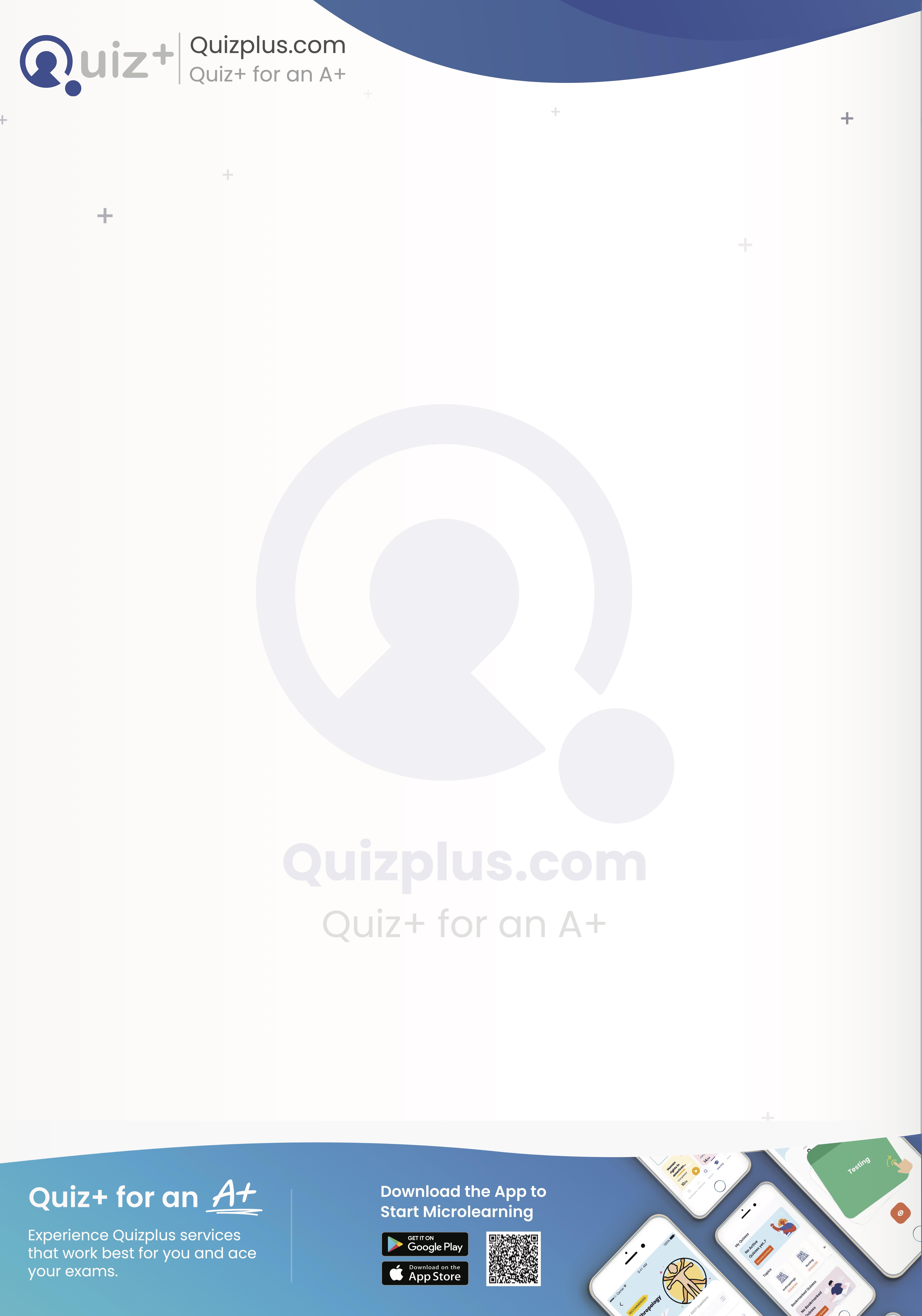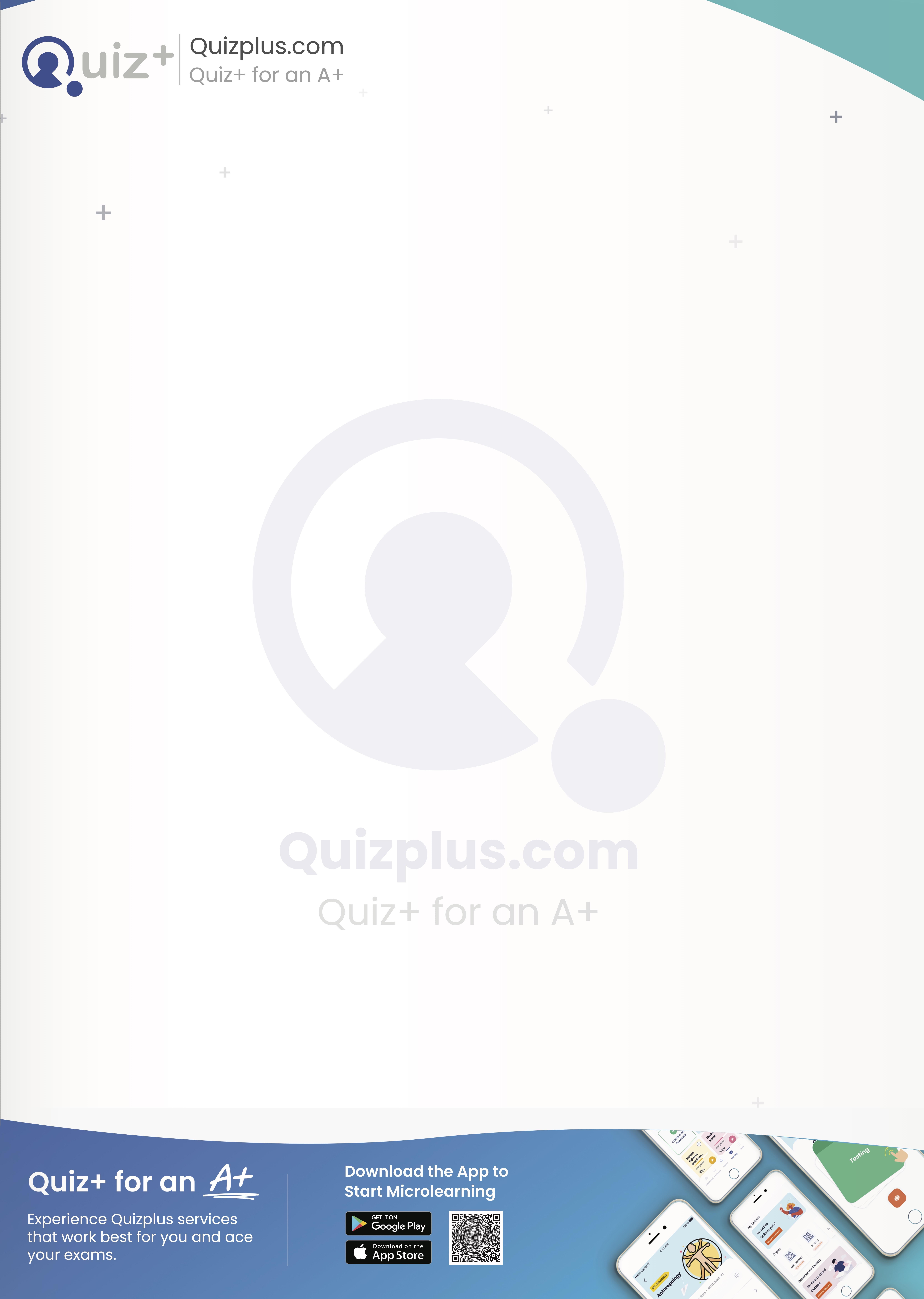

Database Programming Exam Bank
Course Introduction
Database Programming is a comprehensive course that introduces students to the fundamental concepts and practical skills required to design, develop, and manage databases using programming languages. The course covers essential topics such as relational database models, Structured Query Language (SQL), data manipulation, transaction processing, stored procedures, triggers, and integration of databases with application code. Students gain hands-on experience working with popular database management systems and explore best practices in data security, normalization, and optimization. By the end of the course, participants are equipped to build dynamic, data-driven applications and solve real-world problems using database programming techniques.
Recommended Textbook
Concepts of Database Management 8th Edition by Philip J. Pratt
Available Study Resources on Quizplus 9 Chapters
525 Verified Questions
525 Flashcards
Source URL: https://quizplus.com/study-set/1756

Page 2
Chapter 1: Introduction to Database Management
Available Study Resources on Quizplus for this Chatper
50 Verified Questions
50 Flashcards
Source URL: https://quizplus.com/quiz/34985
Sample Questions
Q1) Explain why it is better to try to control redundancy rather than eliminate it. Answer: Although eliminating redundancy is the ideal,it is not always possible.Sometimes,for reasons having to do with performance,you might choose to introduce a limited amount of redundancy into a database.However,even in these cases,you would be able to keep the redundancy under tight control,thus obtaining the same advantages.This is why it is better to say that you control redundancy rather than eliminate it.
Q2) When you need to change data,redundancy makes your changes more cumbersome and time-consuming.
A)True
B)False
Answer: True
Q3) A(n)____ is also called a field or column in many database systems.
A) attribute
B) entity
C) data file
D) relationship
Answer: A
Q4) In an E-R diagram,____________________ represent entities.
Answer: rectangles

3
To view all questions and flashcards with answers, click on the resource link above.
Chapter 2: The Relational : Introduction, QBE, and Relational Algebra
Available Study Resources on Quizplus for this Chatper
50 Verified Questions
50 Flashcards
Source URL: https://quizplus.com/quiz/34986
Sample Questions
Q1) The product of two tables is also called the ____ product.
A) Cartesian
B) aggregate
C) Cathode
D) exponential
Answer: A
Q2) Access automatically adds double quotation marks around values in the design grid that are formatted as Short Text fields when you run the query or move the insertion point to another cell in the design grid.
A)True
B)False
Answer: True
Q3) The comparison operators are +,*,%,and /.
A)True
B)False
Answer: False
Q4) Columns in a table are often called ____________________.
Answer: fields attributes

Page 4
To view all questions and flashcards with answers, click on the resource link above.

Chapter 3: The Relational : SQL
Available Study Resources on Quizplus for this Chatper
75 Verified Questions
75 Flashcards
Source URL: https://quizplus.com/quiz/34987
Sample Questions
Q1) When you use a name containing a space in Access SQL,you must ____.
A) enclose it in quotation marks
B) enclose it in square brackets
C) enclose it in asterisks
D) enclose it in question marks
Answer: B
Q2) How are compound conditions formed?
Answer: Compound conditions are formed by connecting two or more simple conditions using one or both of the following operators: AND and OR.You can also precede a single condition with the NOT operator to negate a condition.
Q3) The IN operator provides a concise way of phrasing certain conditions.
A)True
B)False
Answer: True
Q4) A field whose values you derive from existing fields is called a(n)____________________ field.
Answer: computed calculated
Q5) In Access,you use the ____________________ operator to concatenate fields.
Answer: ampersand
To view all questions and flashcards with answers, click on the resource link above. Page 5

Chapter 4: The Relational : Advanced Topics
Available Study Resources on Quizplus for this Chatper
50 Verified Questions
50 Flashcards
Source URL: https://quizplus.com/quiz/34988
Sample Questions
Q1) In Access,a(n)____________________ enables you to add logic to table events such as adding,changing,or deleting data
Q2) A row-and-column subset ____ consists of a subset of the rows and columns in some individual table.
A) view
B) trigger
C) index
D) catalog
Q3) The SQL command for deleting the Storehouse field from the Item table is ____.
A) ALTER TABLE Item DELETE Storehouse ;
B) ALTER TABLE Item DROP COLUMN Storehouse ;
C) ALTER Item DELETE Storehouse ;
D) ALTER TABLE DELETE Storehouse ;
Q4) A view is a physical table in the DBMS.
A)True
B)False
Q5) In Access,you can restrict the legal values accepted by a field by entering an appropriate ____________________ that data entered in the field must follow.
Q6) Discuss what are validation rules and validation text.
Page 6
To view all questions and flashcards with answers, click on the resource link above.

Chapter 5: Database Design 1: Normalization
Available Study Resources on Quizplus for this Chatper
50 Verified Questions
50 Flashcards
Source URL: https://quizplus.com/quiz/34989
Sample Questions
Q1) If B is functionally dependent on A,you can also say that B functionally determines A.
A)True
B)False
Q2) By splitting relations to achieve third normal form tables,you create the need to express interrelation constraints.
A)True
B)False
Q3) The normalization process used to convert a relation or collection of relations to an equivalent collection of third normal form tables is a crucial part of the database design process.
A)True
B)False
Q4) If B (an attribute)is functionally dependent on A,we can also say that ____.
A) A functionally determines B
B) A functionally determines another attribute in the table
C) B functionally determines A
D) B does not determine any other attribute
Q5) Discuss how candidate keys,primary key,and alternate keys are related.
Q6) Explain what normalization is,including the goal of normalization.
7
To view all questions and flashcards with answers, click on the resource link above.

Chapter 6: Database Design 2: Design Method
Available Study Resources on Quizplus for this Chatper
75 Verified Questions
75 Flashcards
Source URL: https://quizplus.com/quiz/34990
Sample Questions
Q1) In an entity-relationship diagram,rectangles represent foreign keys.
A)True
B)False
Q2) On an E-R diagram,the number closest to the rectangle represents ____ cardinality.
A) maximum
B) minimum
C) midvalue
D) smallest
Q3) When a DBMS creates a(n)____ key,it is usually an automatic numbering data type,such as the Access AutoNumber data type.
A) surrogate
B) artificial
C) natural
D) logical
Q4) When you use an E-R diagram to represent a database,it visually illustrates all the information listed in the DBDL.
A)True
B)False
Q5) Describe the different types of primary keys.
To view all questions and flashcards with answers, click on the resource link above. Page 8

Chapter 7: Dbms Functions
Available Study Resources on Quizplus for this Chatper
50 Verified Questions
50 Flashcards
Source URL: https://quizplus.com/quiz/34991
Sample Questions
Q1) In two-phase locking,the second phase is the shrinking phase.
A)True
B)False
Q2) Smart cards have built-in circuits containing processing logic to identify the cardholder.
A)True
B)False
Q3) To break a deadlock,the DBMS chooses one deadlocked user to be the ____.
A) log
B) victim
C) workgroup
D) backup
Q4) The more important it is to avoid redoing work,the more often you should make backups.
A)True
B)False
Q5) _________________________ is a property that lets you change the database structure without requiring you to change the programs that access the database.
Q6) Discuss the advantages and disadvantages of timestamping.
Page 9
To view all questions and flashcards with answers, click on the resource link above.

Chapter 8: Database Administration
Available Study Resources on Quizplus for this Chatper
50 Verified Questions
50 Flashcards
Source URL: https://quizplus.com/quiz/34992
Sample Questions
Q1) The ____________________ recovery plan specifies the ongoing and emergency actions and procedures required to ensure data availability if a disaster occurs.
Q2) A(n)____________________ site is a backup site that is equipped with duplicate hardware and software but not data.
Q3) Which of the following DBMS evaluation categories does the following question relate to: How many files can you open at the same time?
A) Concurrent update
B) Security
C) Integrity
D) Limitations
Q4) In most cases,access to every table and field in a database is a necessity for every user.
A)True
B)False
Q5) When the primary key cannot be null,this is known as ____________________.
Q6) Copies of archival files and database backups should be stored ____________________-site.
Q7) The _________________________ strictly controls the production system.
To view all questions and flashcards with answers, click on the resource link above. Page 10

Chapter 9: Database Management Approaches
Available Study Resources on Quizplus for this Chatper
75 Verified Questions
75 Flashcards
Source URL: https://quizplus.com/quiz/34993
Sample Questions
Q1) The server is also known as a front-end processor or front-end machine.
A)True
B)False
Q2) ____________________ link one Web page to another or link to another location in the same Web page.
Q3) A ____ is a subject-oriented,integrated,time-variant,nonvolatile collection of data in support of management's decision-making process.
A) data warehouse
B) thin client
C) back-end processor
D) fat client
Q4) With ____________________ visibility,any other class can view or update the value of an attribute.
Q5) On a class diagram,the lines joining the classes represent the relationships and are called ____________________.
Q6) When relational databases store complex objects,these special data types are known as VLOBs.
A)True
B)False
To view all questions and flashcards with answers, click on the resource link above. Page 11
